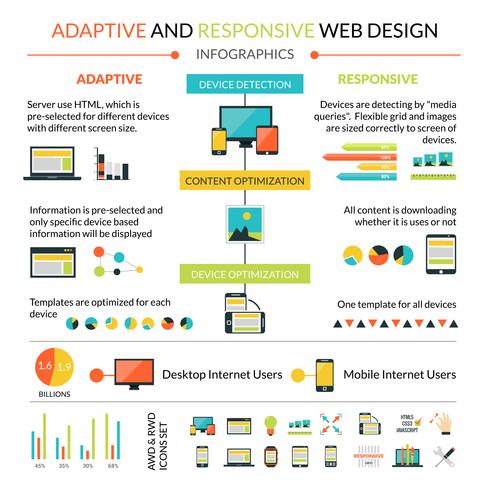The Development Of Internet Site Style: From Past To Existing
The Development Of Internet Site Style: From Past To Existing
Blog Article
Web Content By-Abel Wren
In the past, web sites were simple and concentrated on details. Navigation was straight, and layout was for desktop computers. Currently, individual experience is crucial. Data guides designs for simple navigation. Responsive layouts match various gadgets. Today, dark setting minimizes strain, and minimalist menus enhance navigation. Interactive attributes engage individuals, and strong visuals stand out. AI integration enhances interaction. See how design has progressed to improve your online trip.
Early Days of Website Design
In the early days of website design, simpleness preponderated. improve search engine optimization were standard, with minimal shades, fonts, and layouts. The focus was on offering info instead of showy visuals. Individuals accessed the web via slow dial-up connections, so rate and capability were key.
Navigation food selections were straightforward, normally located at the top or side of the page. Web sites were made for desktop computers, as mobile surfing wasn't yet prevalent. Web content was king, and developers prioritized very easy readability over complex layout elements.
HTML was the main coding language utilized, and designers needed to function within its restrictions. Computer animations and interactive features were very little compared to today's requirements. Internet sites were static, with little dynamic web content or personalized user experiences.
Increase of User-Focused Layout
With the advancement of web site design, a change towards user-focused layout concepts has actually come to be increasingly noticeable. Today, producing web sites that focus on customer experience is essential for engaging site visitors and attaining company goals. User-focused design involves understanding the requirements, choices, and habits of your target market to tailor the internet site's design, material, and features accordingly.
Developers now perform thorough research study, such as individual studies and usability screening, to gather insights and feedback straight from customers. This data-driven approach helps in developing intuitive navigation, clear calls-to-action, and aesthetically appealing interfaces that resonate with site visitors. By positioning the user at the facility of the layout process, websites can deliver a much more individualized and delightful experience.
Responsive layout has additionally become a crucial facet of user-focused design, ensuring that web sites are enhanced for different tools and screen sizes. This flexibility boosts ease of access and use, satisfying the diverse means individuals connect with websites today. In essence, the rise of user-focused layout indicates a change towards producing digital experiences that prioritize the requirements and assumptions of completion individual.
Modern Trends in Website Design
Check out the current trends forming web design today. One noticeable pattern is dark mode style, supplying a streamlined and modern appearance while minimizing eye strain in low-light settings. One more vital trend is minimalist navigation, streamlining food selections and improving customer experience by concentrating on essential elements. Integrating micro-interactions, such as computer animated buttons or scrolling effects, can create an extra interesting and interactive web site. Receptive style continues to be critical, making sure seamless customer experiences throughout various gadgets. Furthermore, utilizing strong typography and asymmetrical formats can add visual interest and draw attention to details web content.
Integrating AI innovation, like chatbots for consumer assistance or individualized suggestions, enhances individual involvement and streamlines procedures. Ease of https://effectiveemailmarketing73949.tkzblog.com/29749869/enhancing-your-internet-site-s-efficiency-through-specialist-on-page-seo-methods has also come to be a considerable pattern, with designers focusing on comprehensive style methods to satisfy diverse user demands. Welcoming sustainability by enhancing website performance for rate and effectiveness is another arising trend in website design. Working together with customer comments and data analytics to repeat and boost layout continually is necessary for remaining appropriate in the ever-evolving electronic landscape. By accepting https://www.forbes.com/sites/theyec/2019/07/17/five-seo-tips-for-doubling-site-traffic/ , you can produce an aesthetically attractive, straightforward site that resonates with your audience.
Conclusion
As you review the evolution of site layout from the early days to now, you can see how user-focused layout has come to be the driving force behind contemporary trends.
Welcome website content optimization of adjustment and adaptation in web design, constantly maintaining the user experience at the center.
Stay present with the most up to date fads and modern technologies, and never quit developing your technique to produce visually magnificent and easy to use web sites.
Advance, adjust, and produce - the future of web design remains in your hands.
